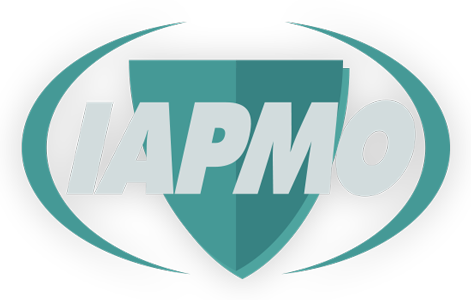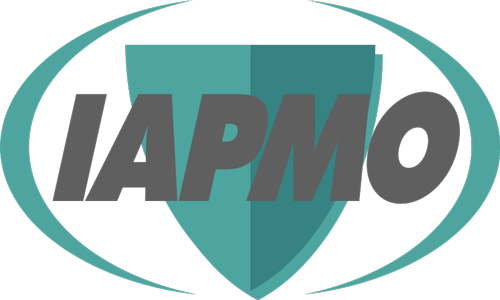Beyond Energy Efficiency: Why Green Building Codes Need to Address Water Efficiency and Safety
Green building codes help communities save energy and build resilience, but it might come as a surprise that most green building codes are light on water efficiency guidelines.
Why does it matter? Building codes affect our everyday quality of life. Giving water short shrift leaves communities vulnerable to increasing water stresses. Some areas have too much water while others areas don’t have enough. These situations can occur simultaneously, with excessive rain causing flooding and drinking water sources drying up.

For communities that lack the tools to effectively manage rainwater, drinking water, and wastewater, there is a solution: implement a water efficiency standard that complements existing green building codes.
How Water Efficiency Standards Build Resilient Communities
At its core, water efficiency is about the smart use of water resources. It differs from water conservation in that it’s focused on reducing waste.
Water efficiency reduces the amount of energy needed to pump, treat, and transport water to the people who need it. When smart water efficiency policies are in place, communities can protect potable water availability while lowering the costs of water supply and wastewater treatment infrastructure.
The question: How? Advancing water efficiency without a clear roadmap is difficult. A good water efficiency standard is what communities need to ensure plumbing resiliency while securing a strong water future.
The industry now has such a roadmap to follow which includes considerations from accurate pipe sizing to prevent stagnant water to the personnel qualifications for installing and maintaining systems.
What is the Best Green Building Code for Water Efficiency?
The easiest way to complement green building codes that come up short on water and plumbing resiliency is to adopt the Water Efficiency and Sanitation Standard from IAPMO, otherwise known as WE-Stand®.
An American National Standard, the industry’s “gold standard” for inclusive and transparent development processes, WE-Stand is adopted by communities to supplement their existing plumbing codes and green building codes.
WE-Stand is the first and only building standard focused solely on achieving safe and efficient water use in both residential and commercial buildings for jurisdictions throughout the U.S.
WE-Stand helps public dollars go further while removing ambiguity and confusion when applying the codes. WE-Stand 2020 has an entire chapter on water efficiency specifics and also addresses other water savings systems such as alternative water sources for grey water and black water, leak detection, non-sewered sanitation, and composting toilets .
Not only that, but WE-Stand has a holistic focus on sustainability while maintaining safety. The safety component of WE-Stand is a unique feature in the realm of water efficiency standards. Public health and safety issues such as Legionella outbreaks arise when taking a simplistic-minded approach to water efficiency.
IAPMO stands behind all of its model codes with rapid, personalized response to code questions from the field.
How Does the WE-Stand Water Efficiency Standard Help Communities?
WE-Stand creates greater resilience and water security by reducing demand on drinking water even in extreme drought or other water-stressed conditions.
The major advantage of WE-Stand is the cost savings that accompany the water savings. WE-Stand has provisions that lower water and energy costs for homeowners and building owners and improve housing affordability. WE-Stand includes the most important innovation in 80 years in the plumbing industry – the Water Demand Calculator™ which saves water, energy, and materials.



Key WE-Stand Provisions Include:

Water Conservation
- Plumbing system design, fittings, and fixtures
- Landscape irrigation
Plumbing Sizing – The most important innovation in 80 years in the plumbing industry, the Water Demand Calculator results in water, energy, labor and materials savings.
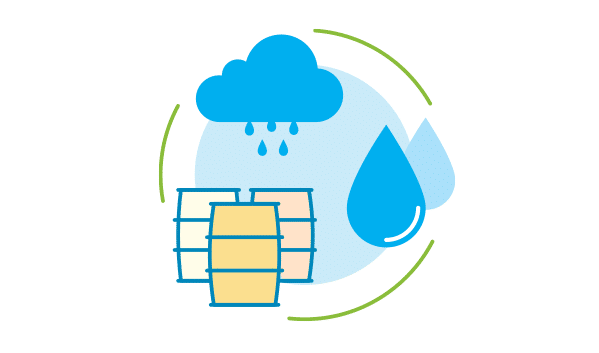
Alternate Water Sources & Water Reuse
- Reclaimed water
- Stormwater
- Rainwater
- Black water
- Grey water
Contains the most advanced provisions for using alternate water sources onsite, allowing communities to safely and reliably put these important resources back to work in our buildings.
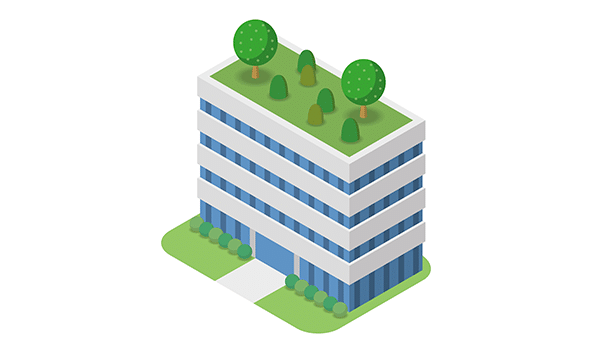
Advanced Technologies
- Non-sewered sanitation systems
- Recirculating showers
- Green roofs and walls
- Composting and urine diversion toilets
How Do WE-Stand Water Efficiency Provisions Compare to Other Green Building Codes?
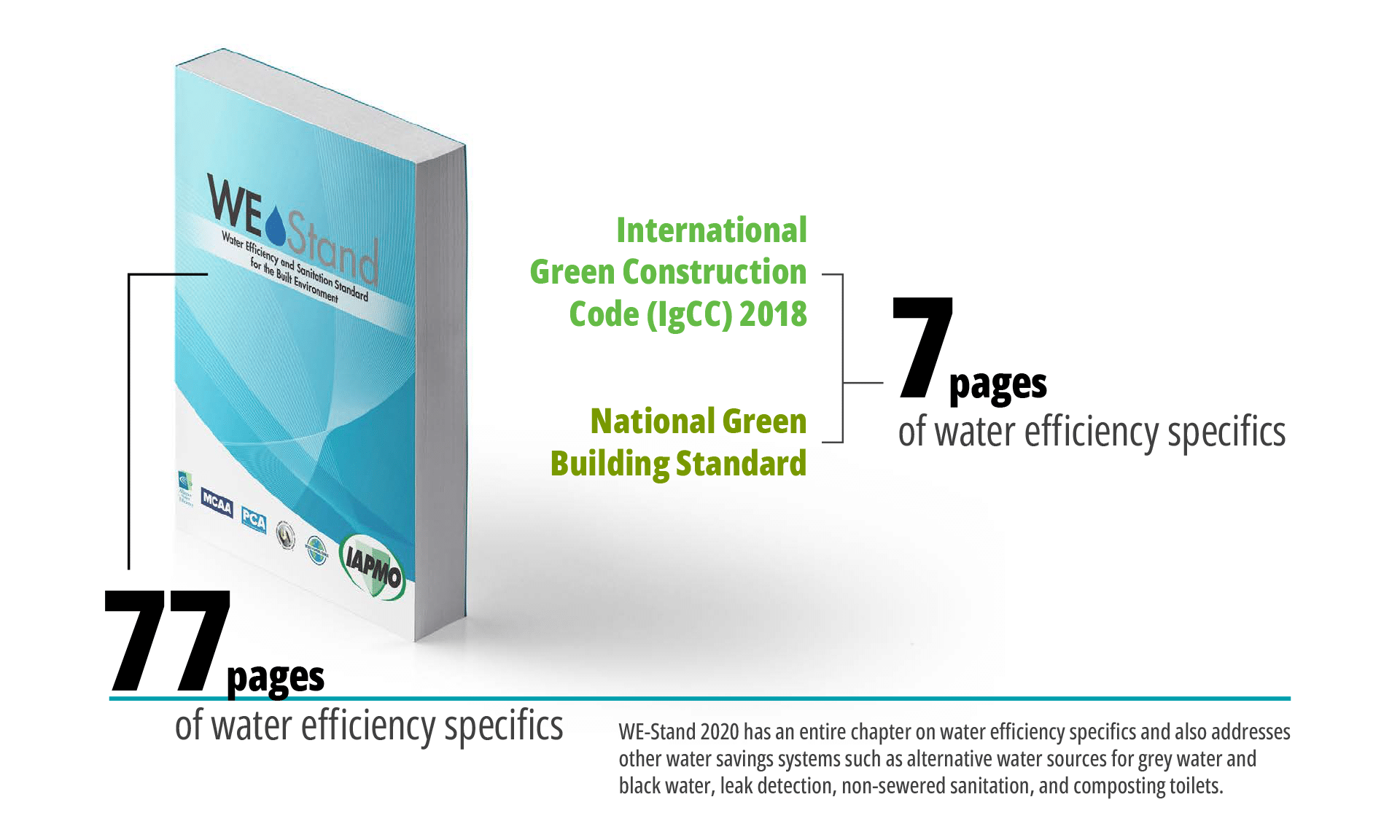
WE-Stand contains the most advanced provisions for using alternate water sources onsite, allowing communities to safely and reliably put these important resources back to work in our buildings.
